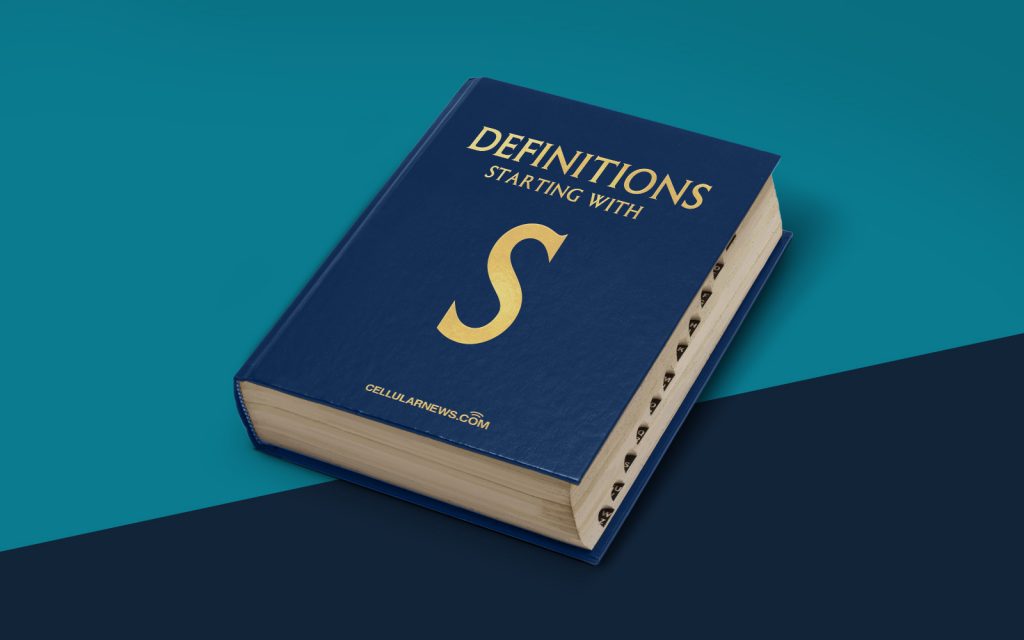
What is the Sony/Philips Digital Interface (S/PDIF)?
Welcome to another installment of our “DEFINITIONS” category, where we delve into technical terms and concepts related to audio and video technology. In this post, we’ll unravel the mysteries surrounding the Sony/Philips Digital Interface, more commonly known as S/PDIF. So, hang on tight as we explore the depths of this digital wonder!
Key Takeaways:
- S/PDIF is a digital audio interface that allows the transfer of high-quality audio signals between devices.
- It was developed by Sony and Philips in the early 1980s as a successor to analog audio methods.
What is S/PDIF exactly?
Imagine you’re listening to your favorite music or watching a visually stunning movie. You want to experience every note and every sound effect precisely how the artists and creators intended. That’s where S/PDIF comes into play. It’s a digital audio interface that enables the transfer of high-quality audio signals between various audio devices, ensuring that you hear every nuance with exceptional clarity.
Developed jointly by Sony and Philips in the early 1980s, S/PDIF revolutionized the audio industry by providing a reliable and standardized way to transfer digital audio without any loss in quality. It replaced the traditional analog audio connections, opening up a new era of crystal-clear sound reproduction.
How does S/PDIF work?
At its core, S/PDIF utilizes a single cable to transmit digital audio signals from a source device, such as a DVD player or audio interface, to a receiving device, such as a soundbar or AV receiver. This cable can be either optical (TOSLINK) or electrical (coaxial/RCA), offering flexibility for different setups.
When you play a digital audio signal through S/PDIF, it is first converted into a binary format consisting of 1s and 0s, which represents the audio waveform. This conversion ensures that the audio remains untouched during transmission, eliminating any degradation or interference. The receiving device then decodes the binary information and converts it back into an analog signal for playback through speakers or headphones.
Why is S/PDIF important?
Nowadays, with home theaters, sound systems, and studio setups becoming increasingly sophisticated, having a reliable digital audio interface like S/PDIF is crucial. It allows for the lossless transmission of audio signals, preserving the original fidelity and ensuring that you can immerse yourself in your favorite audio content without compromise.
Whether you’re a music enthusiast or a professional audio engineer, S/PDIF offers an efficient and standardized way to connect and transfer audio data between various devices. Its wide compatibility makes it a popular choice across a range of applications, from consumer electronics to professional recording studios.
The bottom line
S/PDIF, also known as the Sony/Philips Digital Interface, is a revolutionary digital audio interface that enables the transfer of high-quality audio signals without any loss in fidelity. Developed jointly by Sony and Philips in the early 1980s, S/PDIF replaced analog audio connections, ushering in a new era of crystal-clear sound reproduction.
The versatility and reliability of S/PDIF make it an essential component in modern audio setups. So, whether you’re a casual listener or a professional audio enthusiast, be sure to take advantage of this fantastic technology to enjoy your favorite audio content in its purest form!
